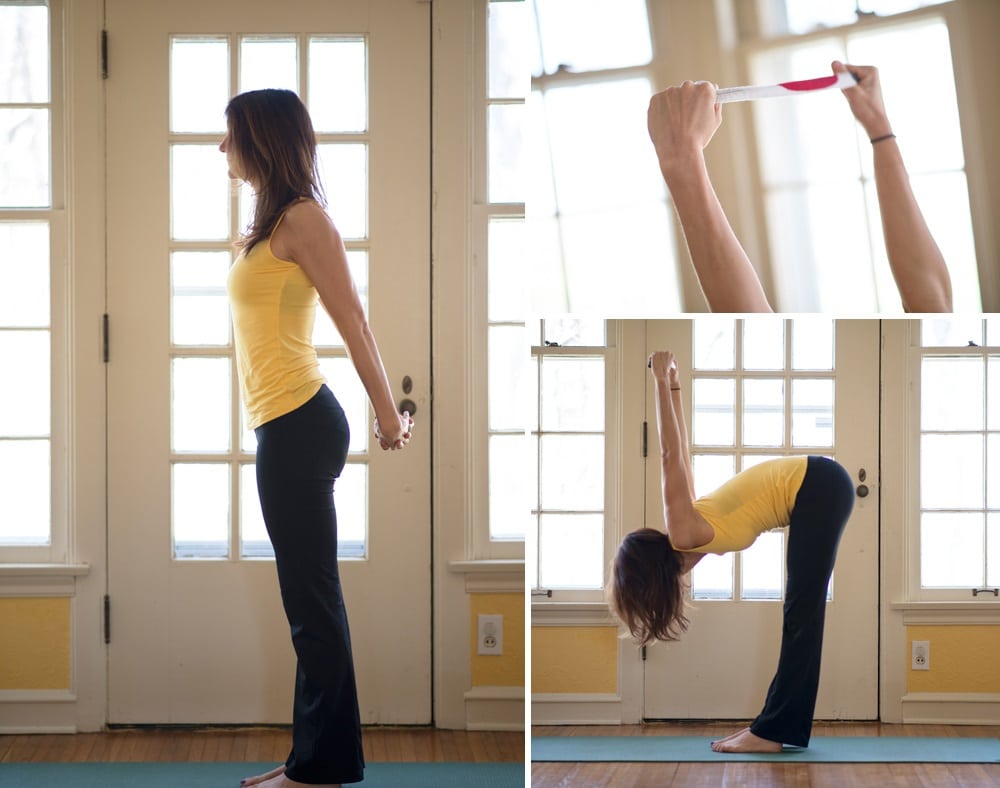
You can do a few things to prevent or reduce workplace shoulder pain at work. First and foremost, ensure you are sitting properly! Yes, it’s quite important.
Are you sitting down right now?
Are you hunched over your laptop or phone reading this?
Then these three exercises from Kris Fondran will help you out.
Rick Kaselj
Chronic shoulder and neck pain reduce the range of motion, and that stereotypical “office worker hunch” is one of the great plagues of modern life.
It is a Catch-22.
If you want to get ahead, you must spend more time at your desk. But if you spend too much time working away in that position, you risk repetitive use injuries that will start taking a greater and greater toll on your health — and your sick leave benefits.
Very few of us can afford to take more time off. And most of us don’t have therapists in our office to offer corrective treatment throughout the day.
To make things even worse, all the nerves of your limbs and organs pass through your neck, accumulating even more tension in your neck and shoulder muscles every time you reach for that mouse or use a mobile gadget.
But don’t worry. There’s a very simple way to address this. And that’s what I want to share with you today.
If you were hoping I’d offer you a cure for work — sorry, lol. You still have to show up on Monday.
But I CAN tell you how to stop yourself from becoming chair-shaped. And how to start removing those workplace shoulder pain if you’re already suffering from them.
I’ve had tremendous results with my friends and clients using three simple yoga poses. These moves focus primarily on increasing the flexibility and strength of your neck, shoulders, chest, and back.
Step away from your computer — or put down your tablet/smartphone/google glasses / etc. — and give these a try:
Pose 1. Ear to Shoulder Movement
- This can be done from a seated or standing position
- Relax down through your shoulders and arms.
- Inhale with your head in the center or neutral position.
- On the exhalation, gently tip your head to the side, keeping your ear over your shoulder.
- The shoulder should remain relaxed and still, with your ear moving toward your shoulder. Take care not to strain.
- Inhale back to the center and repeat on the other side.
- Repeat 5-10 times on both sides.
- Benefits: Releases tension and stiffness in the neck and shoulder region.
Pose 2. Double Angle Pose (Dwikonasana)
- Begin standing upright with feet together and arms at your sides.
- Take your arms behind your body, clasping the fingers together.* Your hands should rest on your buttocks. This is the starting position.
- On an inhalation, lengthen your spine and lift your hands off your buttocks as far as possible.
- On the exhalation, bend from the hips, keeping your back straight and working toward a 90-degree angle if possible.
- Your arms should also be at a 90-degree angle. This is the final position.
- On an inhalation, raise your torso upward, keeping your back straight.
- Exhale your arms toward your buttocks and release your hands to the side.
- Repeat 5-10 times.
Note: *A towel or sock may be used to create space between your shoulder blades.
Benefit: Strengthens the upper back muscles and between the shoulder blades. This movement also releases the neck, opens the chest, and stretches the hamstrings.
Pose 3. Snake Pose (Sarpasana)
- Begin lying face down.
- Place your palms flat on the mat below but slightly to the outside of your shoulders. Your big toes should be pointing toward one another and touching if possible.
- Clasp your hands behind your back and rest them on your buttocks.
- On an inhalation, simultaneously press the tops of your feet down while rolling your shoulders back and down. Lift your chest off the mat as far as possible, pausing at the top of the movement.
- On an exhalation, slowly release, lowering back down to the mat.
- Repeat 5-10 times.
Note: If clasping your hands is difficult, a belt or even a sock can be held instead to create more space between your shoulders.
Benefits: Helps to improve posture by reducing slumped or rounded shoulders. This movement increases strength and flexibility throughout the entire back and can help to deepen your breathing by improving flexibility in the chest and shoulders.
Add these simple yoga moves to your day. And don’t be surprised if your headaches go away, your breath capacity increases, and you see an improvement in your posture and overall energy levels.
A little yoga can go a long way in reducing workplace shoulder pain.
Now, if you could find something that’d make your boss go away too.
Kris Fondran




